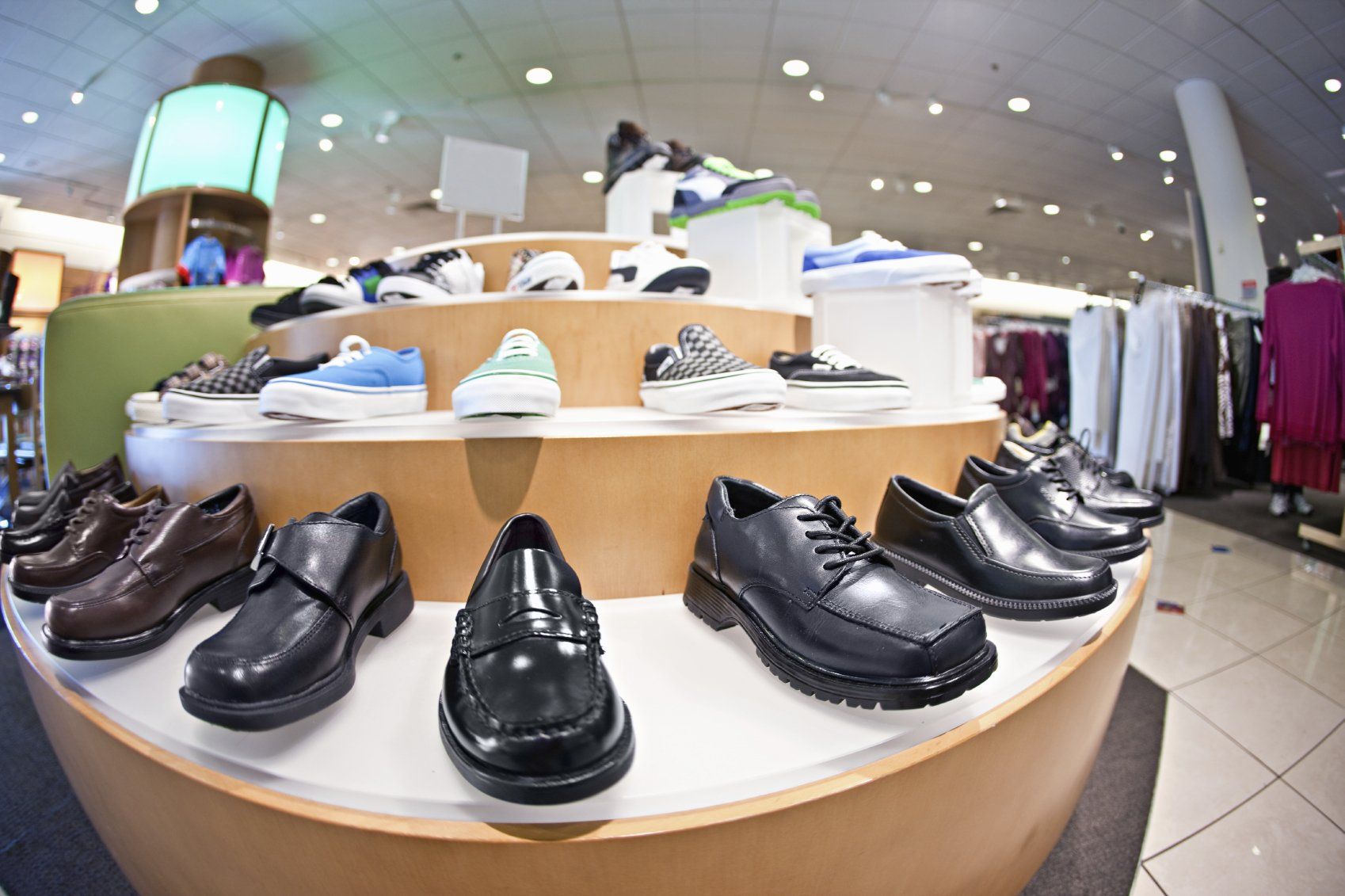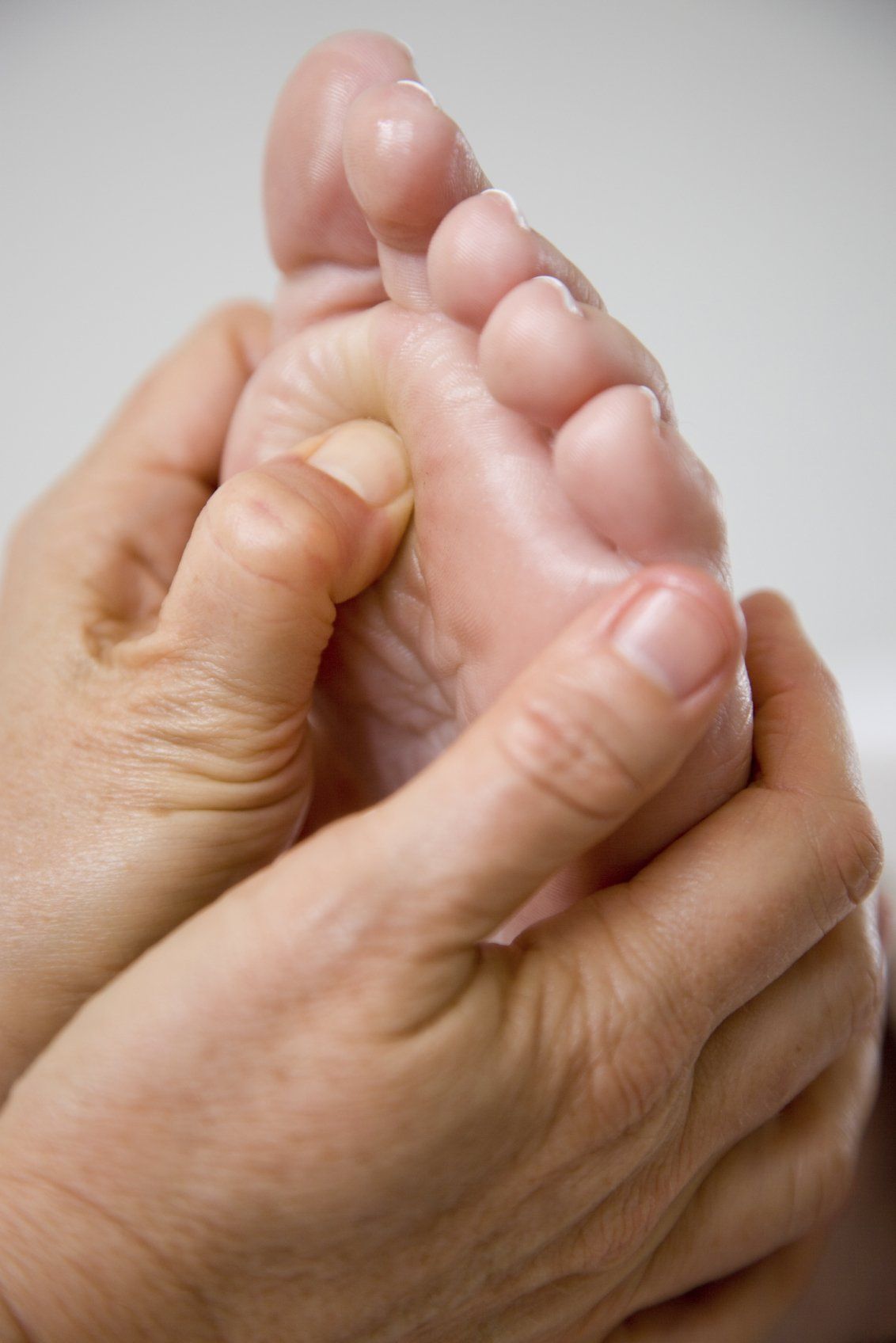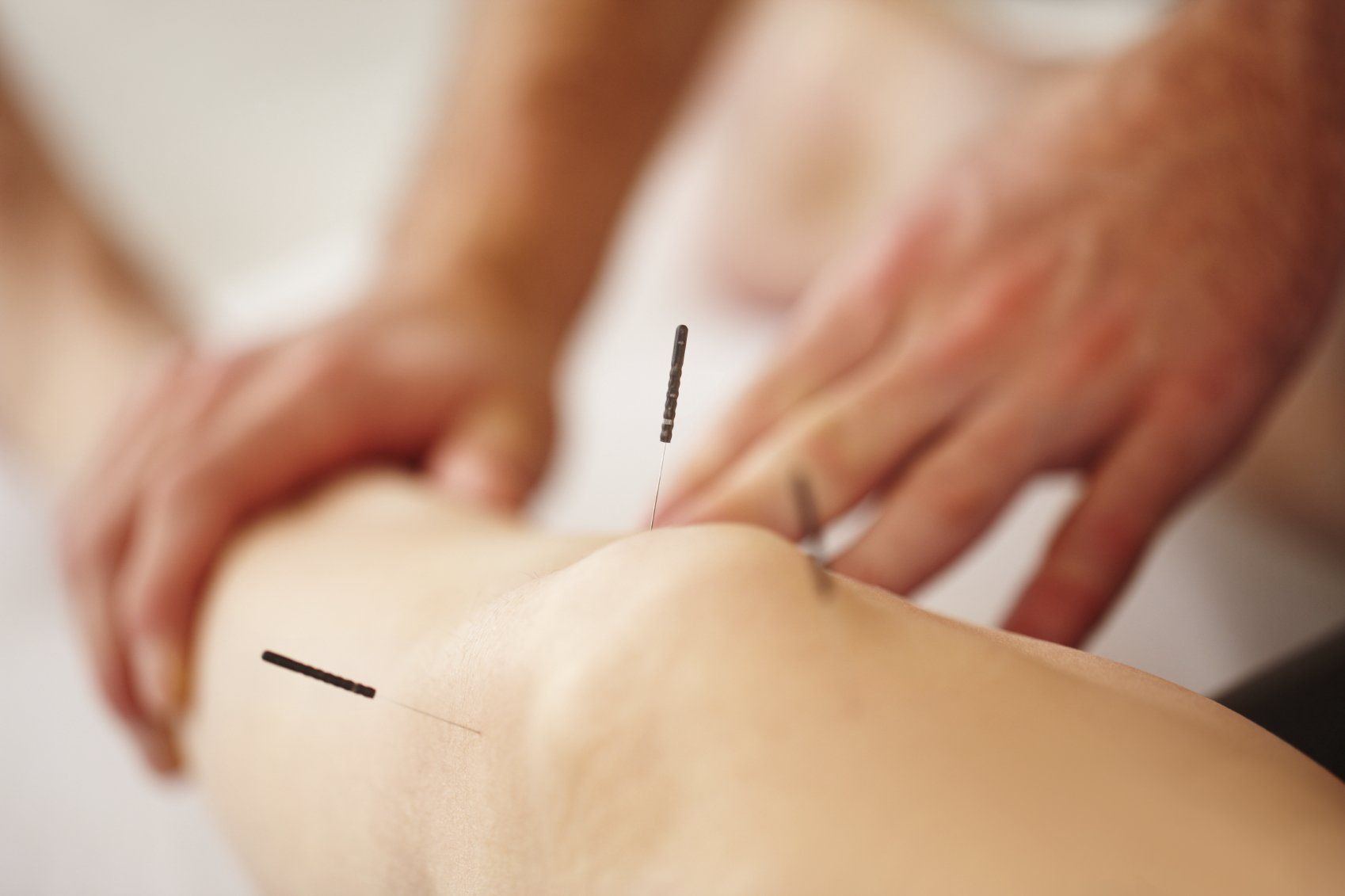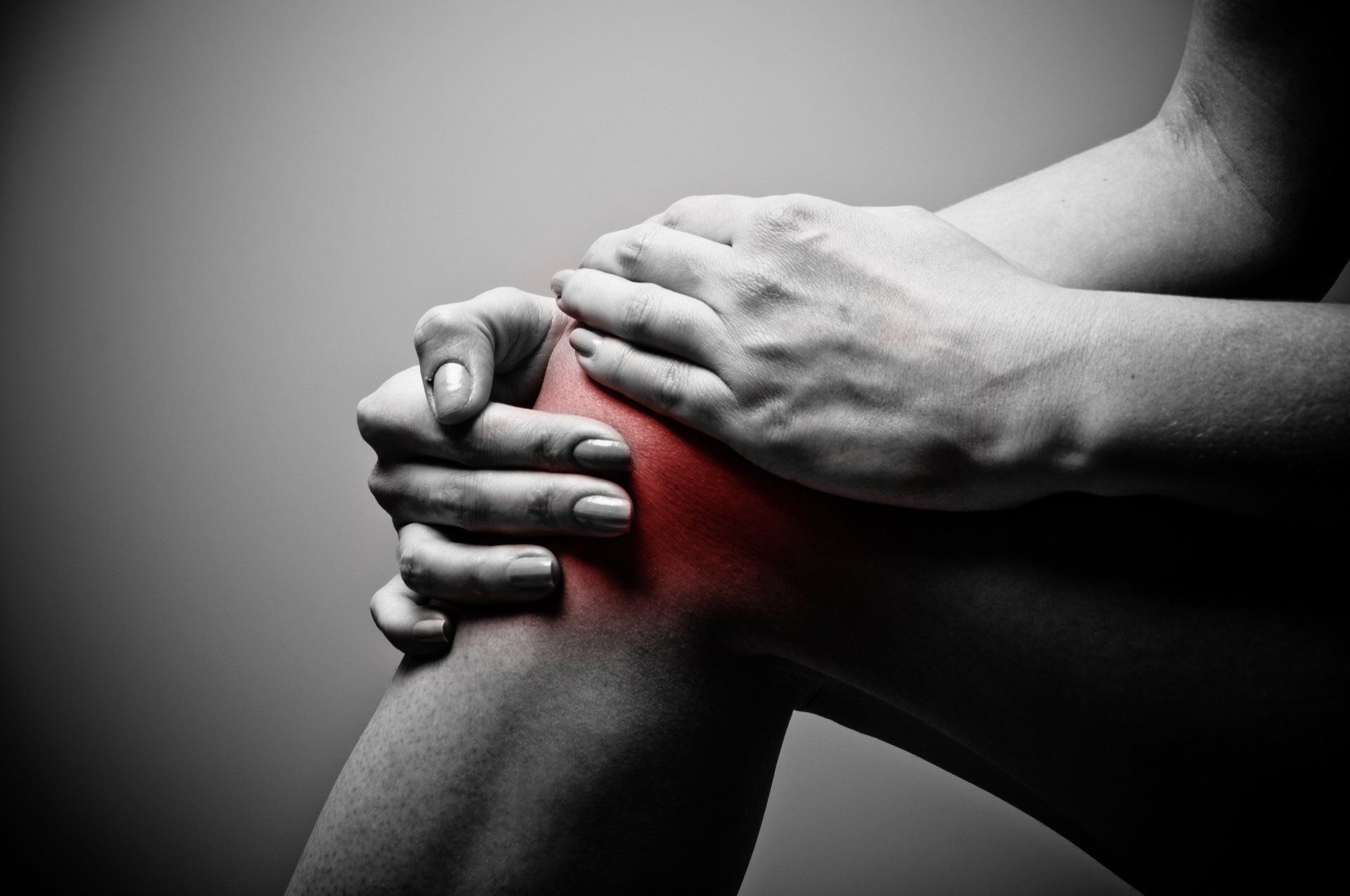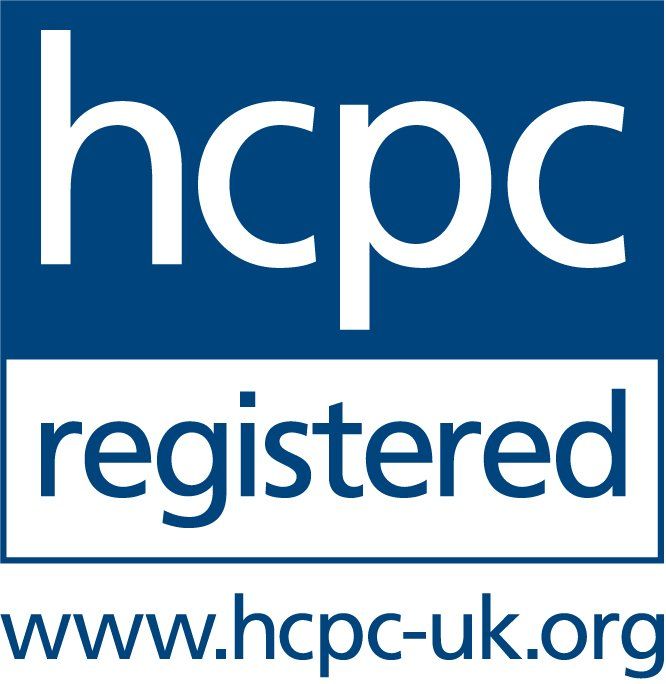Painful Shoulders
Karen Worsfold • 30 October 2023
Physio Karen talks all things shoulders

Shoulder pain is very common affecting most people at some stage of their lives. The shoulder is the most mobile joint in the human body and ultimately the least stabile, making it more prone to injury. However, unless you have had a serious injury or have a sudden and continuous pain, in most cases you can usually treat your shoulder without having to see a GP.
Here are some things you can do to help your shoulder pain
- Simple painkillers such as paracetamol or non-steroidal anti- inflammatory drugs/gels (NSAIDs). A Pharmacist will be able to advise you with this.
- Ice packs applied to the painful area.
- Heat packs can help allieviate sore and tense muscles.
- Posture such as slouching at your desk or rounding your shoulders can make your shoulder problems worse. Change your position frequently. Support your lower back with a rolled towel, cushion or lumbar support to improve your upper body posture.
- If your shoulder is painful when you lie down, try lying on your good side with a pillow under your painful arm.
- Pacing yourself – rest your shoulder at times, but also keep it moving with exercise.
- Avoid any activities that make your shoulder pain worse after you have stopped doing it
If you are still no better after 2 weeks , you should see your Doctor or Physiotherapist.
Physiotherapists are experts in diagnosing and treating joint and muscle problems. Often a diagnosis can be made without needing an X-ray or
scan. After reviewing your symptoms and medical history, your Physiotherapist will perform a thorough examination of your shoulder and
other areas of your body, like your neck, to exclude non-shoulder-related causes of your pain.
Your Physiotherapist may use different treatments such as -
- Bespoke exercises to strengthen weakened muscles, improve their coordination and increase function. We often use exercise Bands, dumbells, gym balls to assist with these
- Advice on shoulder, neck and spinal posture
- Exercises to improve range of movement and prevent stiffness. We often use a door pulley to assist if your shoulder is really stiff
- Tape can be applied to lessen strain on the soft tissues and enhance awareness of the shoulder and shoulder blade position.
- Manual techniques to the joints and soft tissues may be used to increase sense of joint position and body awareness. Manual therapies may also be used to modulate pain and restore movement patterns.
- Laser treatment for pain relief and promoting healing.
If you would like one of our physio team to look at your shoulder, please do not hesitate to contact us on 01242 673507, mail@villageclinic.co.uk
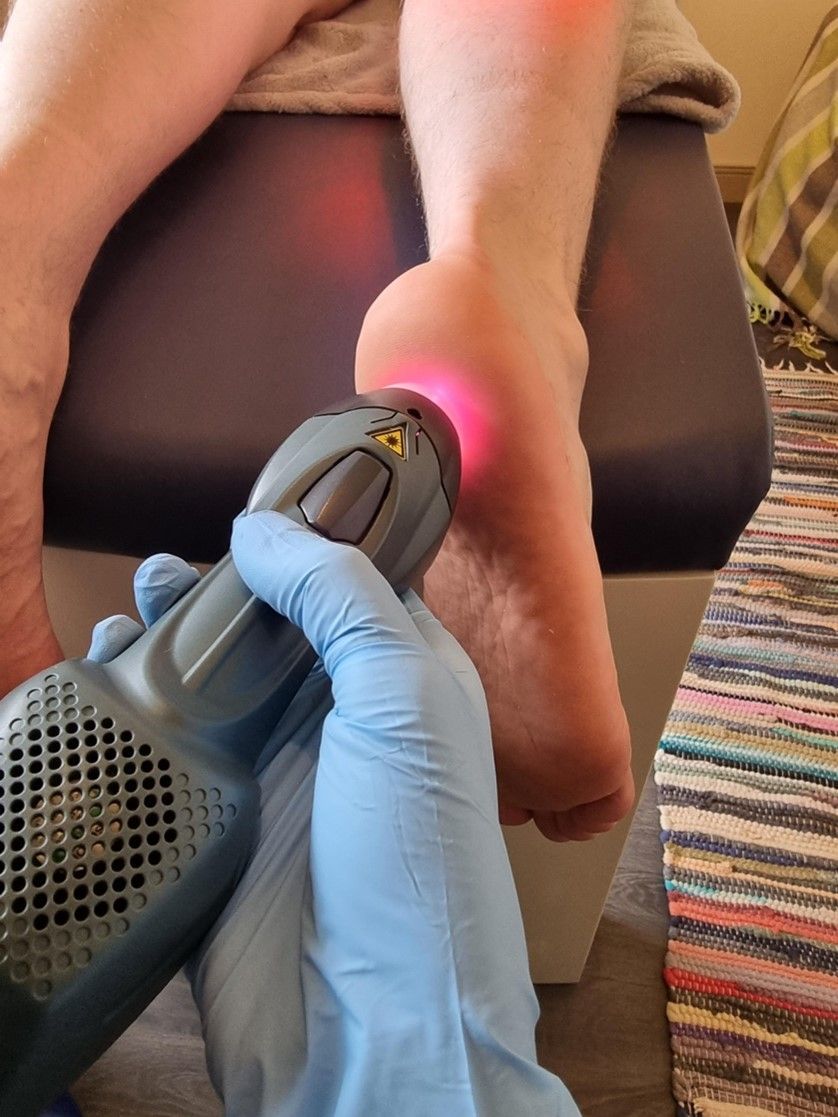
What is therapeutic laser? And how does it work? Therapeutic laser uses the power of light to reduce pain, inflammation and swelling as well as to encourage your body’s own healing mechanisms. It’s great for treating a huge range of problems including tendonitis, plantar fasciitis, wounds, bursitis, muscle tears and injuries. Laser can be used on both chronic (long term) and acute (recent) conditions. My 2 most recent successes that have totally stunned me as to how well they responded were a chronic back pain giving sciatic pain in the leg and an acute knee anterior cruciate ligament rupture. Both very different conditions where we used different layered settings, but both responded incredibly well and only needed up to 3 treatments. We have had our laser machine for 18 months now and I've only had 2 patients wish to stop their treatments due to limited benefits... most are keen to have the full course of 6 treatments or more. Laser therapy involves directing light energy into inflamed or damaged tissue to accelerate the body's natural healing process. The laser is placed in direct contact with the skin which enables specific wavelengths of light to penetrate the tissue and interact with molecules within the cells to cause several biochemical effects. One of the most important effects of laser therapy is encouraging blood flow into the area being treated. This means the cells there have a better supply of oxygen and nutrients and that waste products and swelling can be flushed out. Laser helps to reduce pain by slowing down the speed of the pain messages in nerves and it reduces inflammation by lowering the number of cells promoting the inflammatory process in the area treated. After laser treatment muscles are better able to relax and movement can become easier as a result. The treatment is painless, non-invasive and offers a drug free alternative to anti-inflammatories, pain killers and steroid injections. If you’re interested in how laser treatment could help you, please get in touch for more information 01242 673507 or mail@villageclinic.co.uk



